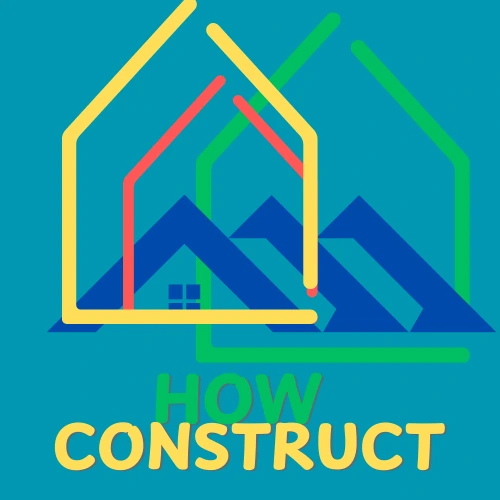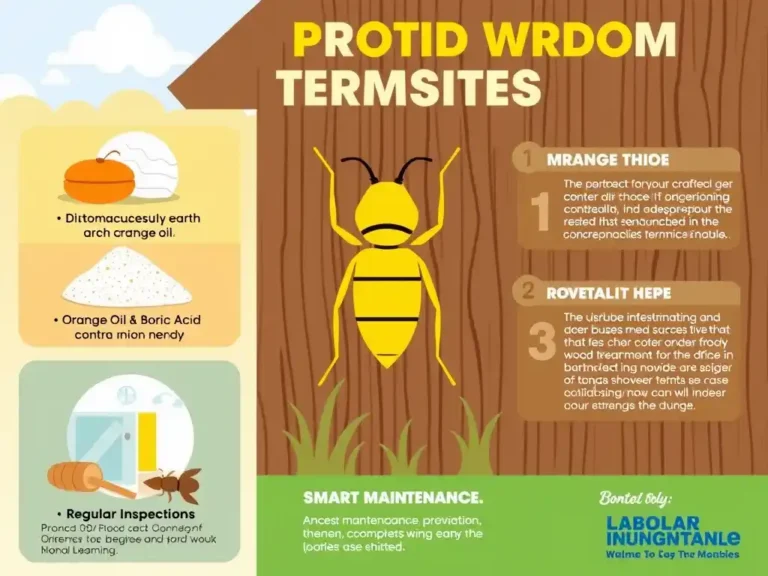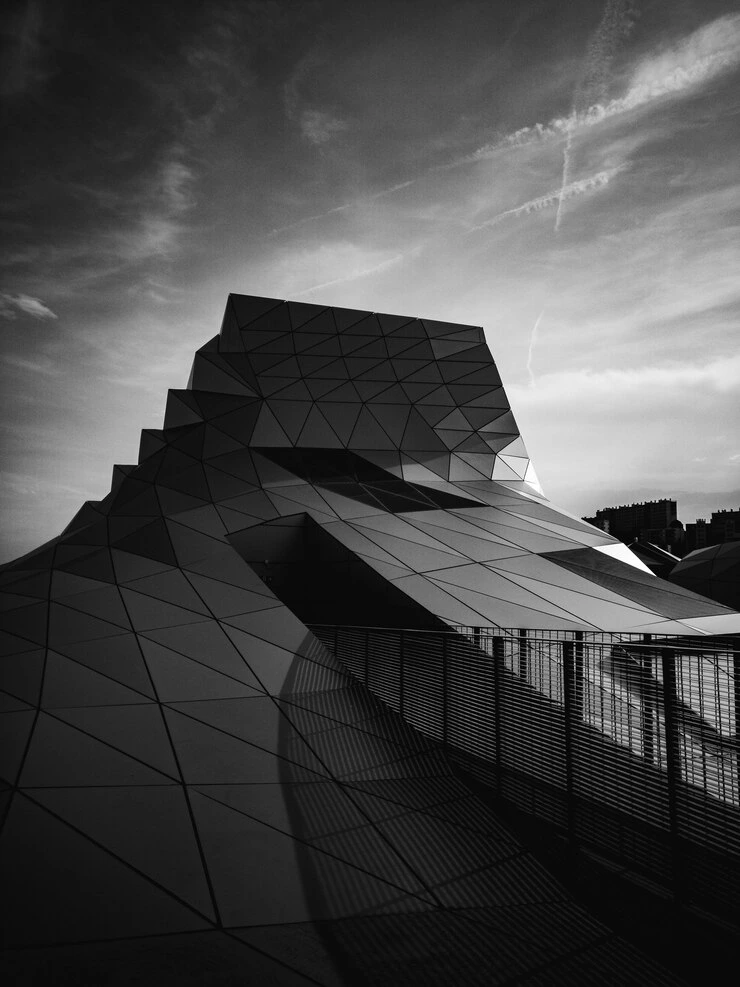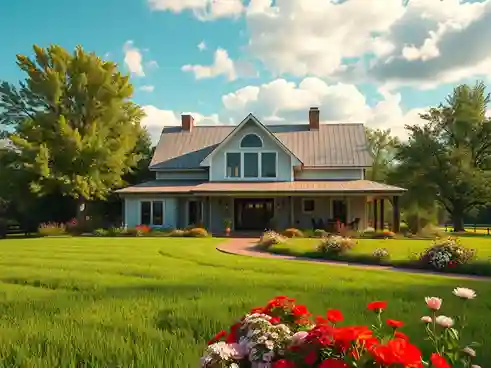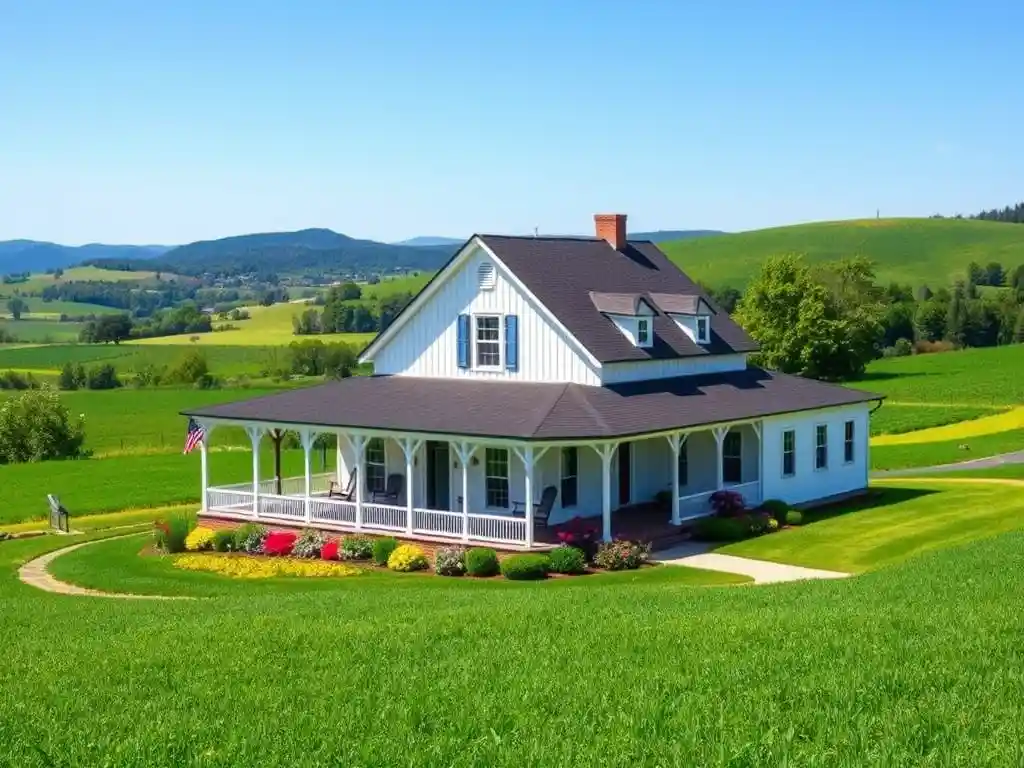Introduction: The Ever-Evolving World of Architectural Characteristics
Architecture is not just about making homes; it is about ornamenting places that show history, culture, and evolving lives. While the sole-family home remnants the most common residential structure, architectural characteristics differ significantly based on region, performance, and personal selection. With the classic Colonial homes of the East Beach to the modern houses modelling urban landscapes, different characteristics provide exclusive visual and practical advantages. Architectural enterprises have affected the breathing enterprises around the globe. The architectural beauty swap the entire look of a place and one wanders that how the aroma of beauty has stepped there in.
Indulging these prevalent architectural characteristics provides vision into how project trends have changed over time and how history continues to impact modern Building. This conversation will explore some of the most iconic and enduring architectural characteristics, tracing their origins, key characteristics, and lasting appeal.
Ranch-Enterprise Homes: The Mid-Century Popular Architectural Features
Ranch-enterprise homes, often mentioned to as ranchers or ramblers, are one of the most familiar and prevalent home enterprises in the United States. Basically such ranch-enterprise house is famous for its large, near-to-the-ground outline, and extensive open layout. These homes initial added fame in the 1920s in California, but it wasn’t until the post-World War II era that they became a national phenomenon.
Roots and Historical Implication
The ranch home’s was strongly maneuvered by the Spanish architecture, with a focus open floor plans, stressing single-story arrangements, and a handy connection to nature. The enterprise developed possibly fascinating in the mid-20th century, when near-urban expansion and automobile culture molded the American dream of homeownership.
By the 1950s and 1960s, ranch homes compose of approximately 90 % of homeowner in USA, which welcome to their flexibility and realism. Constructors envisaged the enterprise because of its frank Building process, negligible use of materials, and easy compliance to different landscapes.
Key Structures of Ranch-Enterprise Homes
The modern characteristics of Ranch home have addressed the overwhelming crisis of the today era. As the popularity rise and the flexibility thrives the roots in modernism, the race has upsurge in the different communities around the globe.
- One-story layout: Ranch homes are naturally one-story structures, making them ideal for homeowners who encourage to avoid stairs.
- Open floor plans: Large breathing spaces run into dining and kitchen areas, making a sense of spaciousness.
- Low-pitched rooflines: Dislike to sharply pitched Colonial-enterprise roofs, ranch homes story low, horizontal rooflines that blend with the surrounding landscape.
- Large windows and sliding glass doors: These homes emphasize natural light and indoor-outdoor breathing, often featuring patios and backyard access.
- Attached garages: As car ownership increased in the mid-20th century, many ranch-enterprise homes incorporated attached garages for convenience.
Enduring Popularity
Despite the rise of multi-story homes and modern projects, the ranch-enterprise house remains a favorite among homebuyers, possibly for those looking for accessibility, spaciousness, and a strong connection to nature. Retirees and families alike appreciate the single-level layout, while architects continue to update the enterprise with modern twists such as high ceilings, energy-efficient materials, and smart home integrations.
Modern Homes: Popular Architectural Features
Modern architecture is not a constant project but an ever-evolving niche that develops with modern project drifts. Dislike to other architectural characteristics engrained in historical influences, modern homes order novelty, sustainability, and cutting-edge visual.
The Evolution of Modern Homes
The modern enterprise began enchanting shape in the late 20th century, edifying inspiration from the modernist movement while materializing technological improvements and eco-friendly projects. Today, modern homes are defined by their clean lines, asymmetrical shapes, and innovative materials.
Vital Features of Modern Homes
- Minimalist appeal: Modern homes often provoke simplicity with clean lines, neutral color patterns, and uncluttered places.
- Expansive glass consumption: Floor-to-roofing windows, glass walls, and skylights allow natural light to overflow the interiors, dipping the necessity for artificial lighting.
- Open-concept breathing: Similar to ranch-enterprise homes, modern houses eradicate unnecessary partitions, making seamless changeovers between breathing places.
- Sustainable resources: Many present-day homes integrate recycled wood, steel, and energy-efficient glass to minimalize environmental impact.
- Smart home technology: Automatic lighting, temperature control, and security systems are famous in modern homes.
Why Modern Homes Are Gaining Popularity
In today’s real land market, modern homes remain to rise in admiration due to their energy efficiency, modern appeal, and adaptability. The enterprise aligns with the depiction of millennial and Gen Z buyers, who prioritize sustainability and performance over traditional visual.
With an emphasis on eco-conscious Building and the ability to blend indoor and outdoor places, modern homes represent the future of architecture.
Craftsman-Enterprise Homes: A Tribute to Handcrafted Beauty
Craftsman-enterprise homes emerged as a reaction against the ornate projects of the Victorian era, focusing instead on simplicity, performance, and artisanal craftsmanship. Originating in the early 20th century as part of the American Arts and Crafts movement, the Craftsman home remains one of the most beloved architectural characteristics in the United States.
The Birth of the Craftsman Movement
The Arts and Crafts movement, which began in Britain in the late 19th century, emphasized handcrafted details, natural materials, and structural integrity. When this philosophy spread to America, resulted in the development of Craftsman bungalows, which quickly became a staple of residential architecture.
Defining Characteristics of Craftsman Homes: Popular Architectural Features
- Low-pitched gable roofs: Widespread, hanging eaves and visible rafters enhance a distinct look.
- Front porches with thick columns: An essential distinctive of Craftsman homes is the appealing porch supported by tapered or squared columns.
- Handmade woodwork: These homes cabinet custom-built showcases, detailed moldings, and open wooden beams.
- Built-in furniture: Many Craftsman houses include built-in bookcases, benches, and window seats, accounting to their cozy charm.
- Earthy color palettes: Dislike to bright Victorian exteriors, Craftsman homes favor warm, natural shades like olive green, brown, and rust red.
The Lasting Appeal of Craftsman Homes
The Craftsman enterprise relics highly desirable for homebuyers who appreciate character, craftsmanship, and timeless beauty. The emphasis on handmade elements and character materials makes these homes a popular preference for those seeking durability and artistic appeal.
Colonial-Enterprise Homes: A Piece of American History
Colonial-enterprise homes are part of the oldest and most identifiable architectural characteristics in the United States, seeing back to the 17th century. Motivated by European architecture, these homes reflect the elegance and symmetry of early American settlements.
Historical Roots of Colonial Homes:Popular Architectural Features
Colonial architecture modeled as settlers from England, Spain, France, and the Netherlands carried their tremendous traditions to North America. Over time, regional variations emerged, including:
- Georgian Expatriate: A highly symmetrical variety with brick exteriors and decorative crown moldings.
- Dutch Royal: Recognized for its gambrel roofs, resembling barn-like structures.
- Spanish Majestic: Common in the Southwest, featuring stucco walls and terracotta tile roofs.
Key Characteristics of Colonial Homes
- Similar facades: Colonial homes often have uniformly spaced windows and a central front door.
- Two-story Building: Dislike to the one-story ranch homes, Colonizers naturally character two or more floors and with breathing places below and bedrooms upstairs.
- Classic materials: Brick, stone, and wood walls offer Colonial homes their traditional charm.
- Pitched roofs: These homes naturally have sharply pitched gable roofs to withstand harsh weather conditions.
Colonial Homes in the Modern Era
Disrespect of being centuries old, Colonial homes prevail as of the most sought-next characteristics in historic neighborhoods. It is prominent in New England, the Mid-Atlantic, and parts of the South. Many homeowners renovate Colonial homes with modern amenities while preserving their historic charm.
Conclusion: Choosing the Right Popular Architectural Features
Each architectural design provides exclusive advantages, visual, and historical significance. Either you encourage the performance of a ranch home or the novelty of modern project or the artistry of a Craftsman house, it may complement the timeless elegance of a Colonial home, your preference of architecture reflects your life enterprise and values.
As trends continue to evolve, the best homes are those that balance tradition, modern needs, and environmental consciousness.
